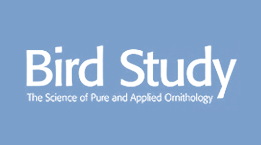Trophic strategies of Yellow-legged Gull Larus michahellis on oceanic islands surrounded by deep waters
Capsule: The diet of Yellow-legged Gulls Larus michahellis on an oceanic island, surrounded by deep waters without a wide shelf, was mainly composed of terrestrial invertebrates.
Aims: To study the trophic ecology of Yellow-legged Gulls on an island surrounded by deep waters, to quantify the importance of terrestrial prey items and their availability, and to evaluate the relative importance of nutritional values of terrestrial and marine resources.
Methods: Diet was monitored for one year. We assessed the relative contribution of the main prey items and their macronutrients through the study of pellets and faeces.
Results: Terrestrial invertebrates were the most frequently consumed prey items (frequency of occurrence (FO) 67%), followed by marine fish (Osteichthyes FO 33%). Coleoptera and Orthoptera were the most consumed terrestrial invertebrates and provided a high nutritional value. The rate of consumption of terrestrial invertebrates varied in synchrony with the breeding season, being higher in spring, indicating their potential importance for reproduction.
Conclusion: It is unusual that terrestrial invertebrates constitute a large proportion of the diet of large gulls, but they seemed to cover their trophic energy requirements during the reproductive period.


